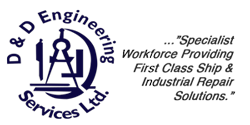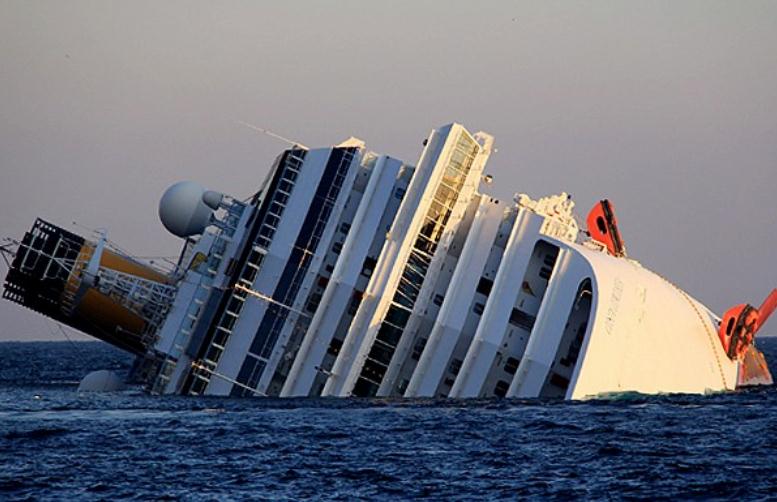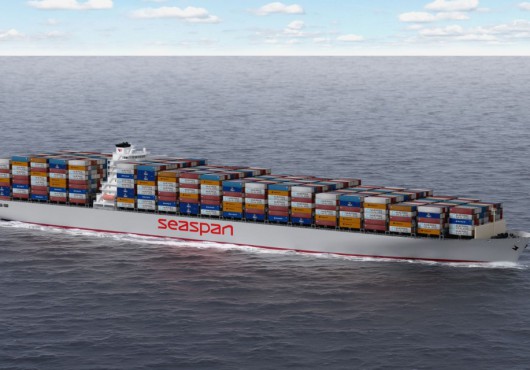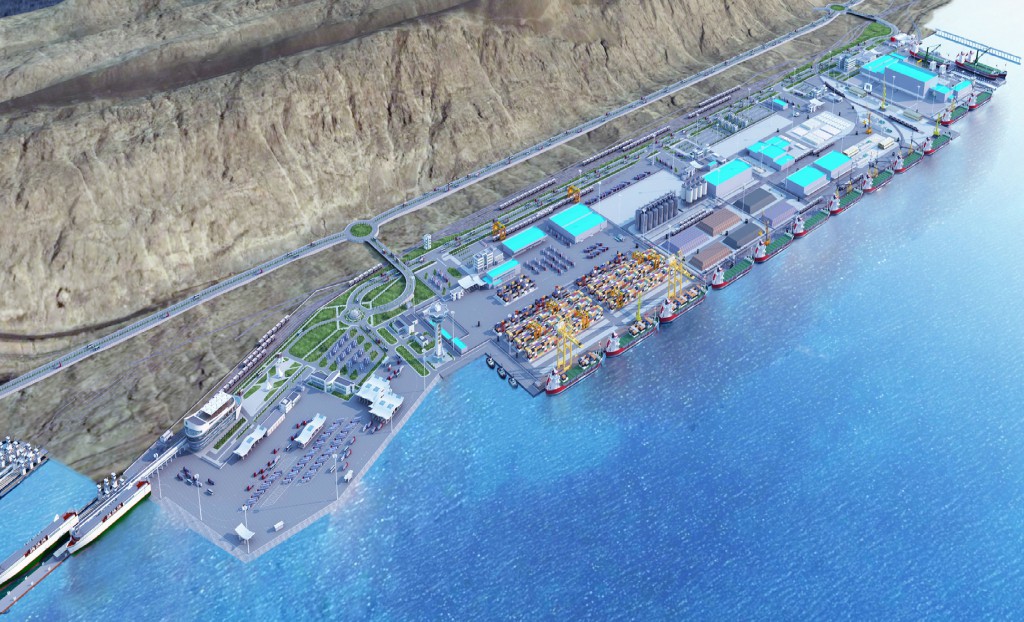[dropcap]L[/dropcap]arge quantities of cocaine are reported to had been smuggled on board the most luxuries ships sailing the high seas, a recent investigation by Italian authorities shows.
The police investigation into the drug smuggling routes between South America and Italy indicated that a considerable amount of cocaine has been hidden in food supplies in cruise liners, including Costa Concordia, that ran aground in 2012, Italian daily La Repubblica writes.
Investigators said that a huge shipment of mafia-owned cocaine was on board the ill-fated cruise ship when it embarked on its fatal voyage, citing phone and tape recordings of gang members.
However, the drugs were never found after the ship sank.
The investigation lead to the arrest of 20 people suspected of being involved in a Calabrian organized crime group Ndrangheta, the daily reports.
In addition, it is believed that the smugglers were working in complicity with crew members, who would sometimes place the contraband in tourists’ rooms, mostly those of couples, the least suspicious to authorities. Nevertheless, the senior officers on board are not believed to had been involved in the smuggling.
The daily further reports that the most preferred ships for drug smuggling were those of Costa Crociere, the MSC and Norwegian Cruise Line.
Recent media reports hint that there has been a rise in drug smuggling on cruise ships with over 43kg of cocaine seized from crew members this year, Australian news site news.com.au reports.
Just in March, two arrests of cruise liner staff hit the headlines. Namely, five galley staff of Norwegian Cruise Lines were arrested after smuggling 5kg of cocaine in their underwear and two Royal Caribbean crew members were arrested in Argentina with more than $1 million-worth of drugs taped to their bodies.



